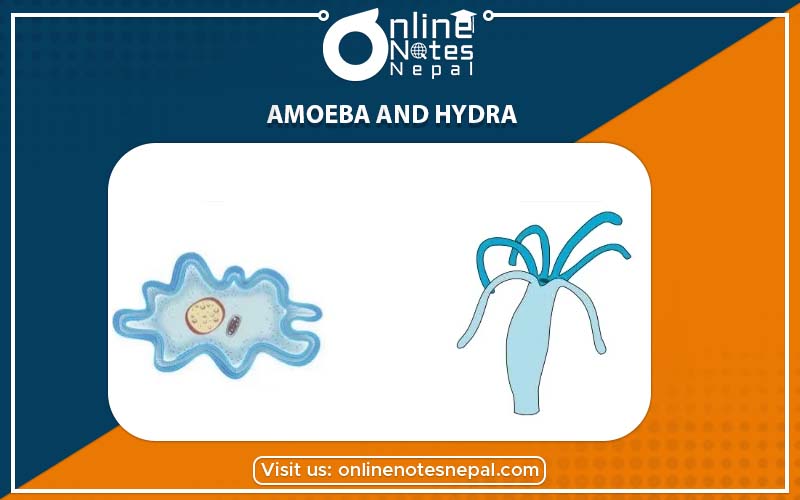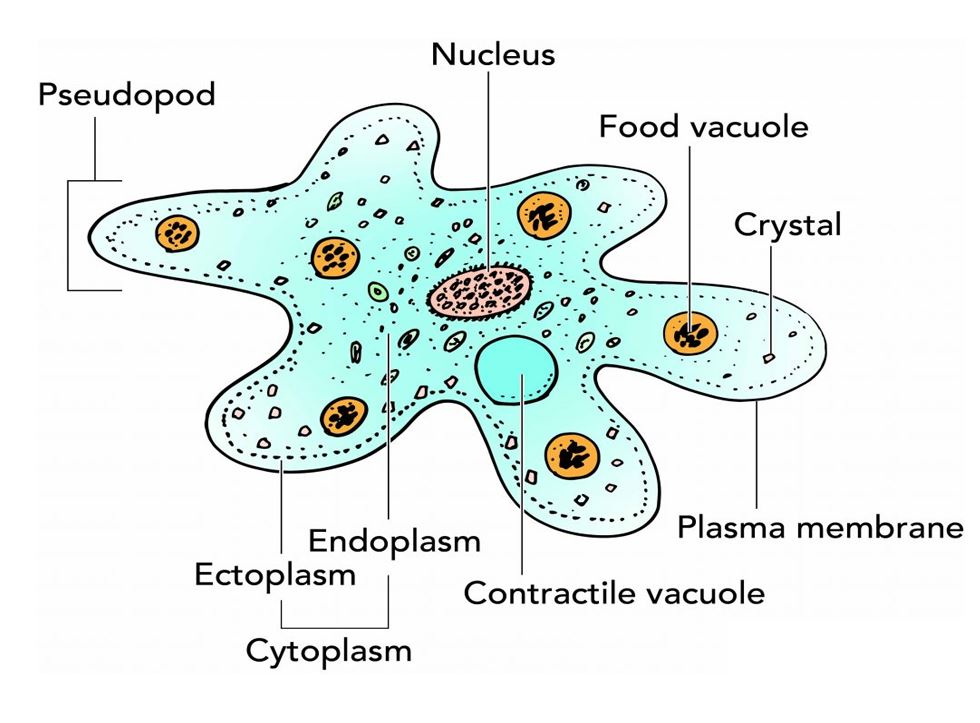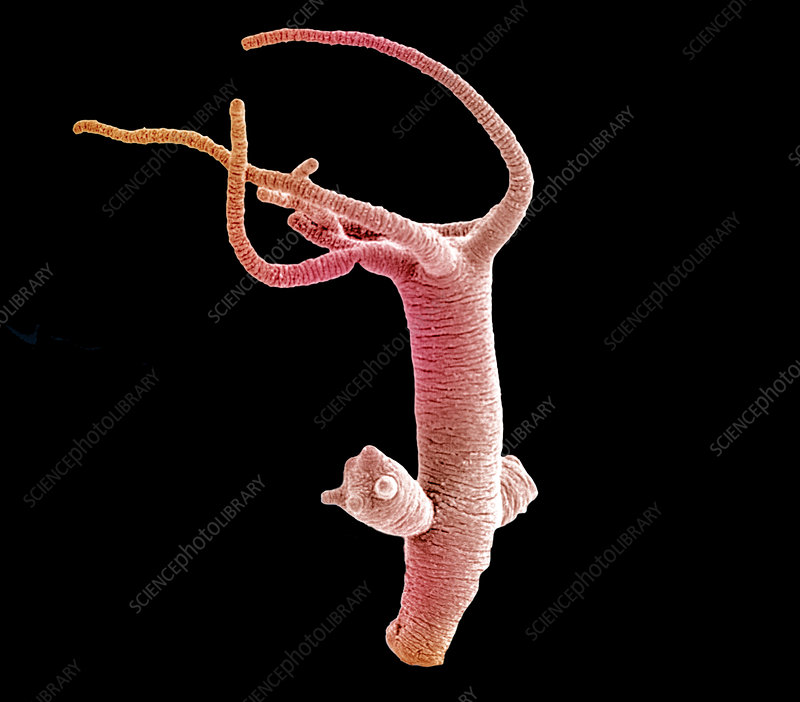Published by: BhumiRaj Timalsina
Published date: 26 Jan 2022

Amoeba is a simple eukaryotic organism. Amoeba is a protozoan. The name Amoeba proteus has been derived from the two Greek words- amoibe meaning change, and proteus after the name of mythical sea- god Proteus, that can change shape.

Amoeba is normally found in clean ponds with highly oxygenated fresh water. It is also found in pools, slow running streams, ditches, soil, etc. They are mostly found on the bottom of the water or around the mud. It is found in those water where there are high bacteria and decayed organic substances. Amoeba needs a moist environment to survive.
Amoeba is made up of only one type of cell. So, it is known as unicellular organisms. It measures about 250 to 600μ (microns) in diameter. When we observe amoeba under the microscope, it looks irregular, colourless mass of protoplasm. The body of amoeba is covered externally by a very thin, elastic and semi- permeable layer called plasmalemma. The cytoplasm in the amoeba is of two types. They are dense ectoplasm and inner granular endoplasm.
The endoplasm consists of centrally located spherical nucleus and large contractile vacuoles and many food vacuoles that help in digestion of food. It also contains other cell organelles like mitochondria, ribosomes, endoplasmic reticulum, golgi bodies,water globules etc. The contractile vacuole is filled with watery fluid. It is enclosed by a unit membrane. The contractile vacuole helps in excretory and osmoregulatory activities. Talking about the nucleus, it is large, flat and disc- shaped. It contains nuclear membrane, nucleoplasm, some nucleoli and chromosomes. It is responsible for growth and reproduction in amoeba.
The locomotory organ of amoeba is pseudopodia. It shows the amoeboid movement.
Hydra is a type of organisms that is made up of more then one cell. So, it is known as multicellular organisms.

Hydra are found in fresh water, may be flowing or standing water. They are found in lakes, fast- flowing streams, some are attached with stones, twings, aquatic plants and vegetation. They are not found in polluted water. They are fleas, insects, larvae, larval fish etc.
Hydra has a tubular and elongated body. Hydra has two body layers. Theouter layer is ectoderm and th einner layer is endoderm that are attached with non- living thing called mesogloea. One of the end of the body is closed while the other end is open by small pores. The closed end is also known as basal disc. It contains a gland that secretes a sticky substances that helps the hydra to attach on the substratum and move from one spot to another. The distil end of the body has a hypostme or mouth which is the only opening of a hydra. It helps in swallowing food and throwing waste material from the body.
The mouth is surrounded by variable number of slender, contractile, hollow tentacles. The tentacles have highly specialized stinging cells or cnidocil (nematocyst) that helps to paralyse and catch the prey and for defense. The tentacles also acts as locomotory organ. About the reproduction in hydra, it reproduces both by sexual and asexual reproduction. Hydra may be unisexual or bisexual. In bisexual, the male sex organ is the testis and the female sex organ is ovary.The male sex organ testis and female sex organ ovary takes part in sexual reproduction. Hydra also reproduces through asexual reproduction. It reproduces by budding. When the hydra becomes old or mature, it develops lateral outgrowth known as bud. It detaches from its parent hydra and lives independently. It grows into a new hydra.
The tentacles present in hydra acts as a locomotory organ. It helps hydra in swiming, walking, looping and somersaulting.Only tentacles is used for swiming and walking but both tentacles and basal disc are used for looping and somersaulting.
Unicellular organisms are known as single- celled organisms. They are made up of single cell. Organisms like amoeba, paramecium, euglena, yeast etc are single- celled organisms.All the life processes and activities are regulated by single cell. They are micro organisms and are very simple in structure.
Organisms that consists of more than one cell is called multicellular organisms. Most of the multicellular organisms are visible to our naked eyes. Organisms like hydra, monkey, lion, rose etc are multicellular organisms. Multicellular organisms are complex in structure. Different cells are specialized to perform different functions.